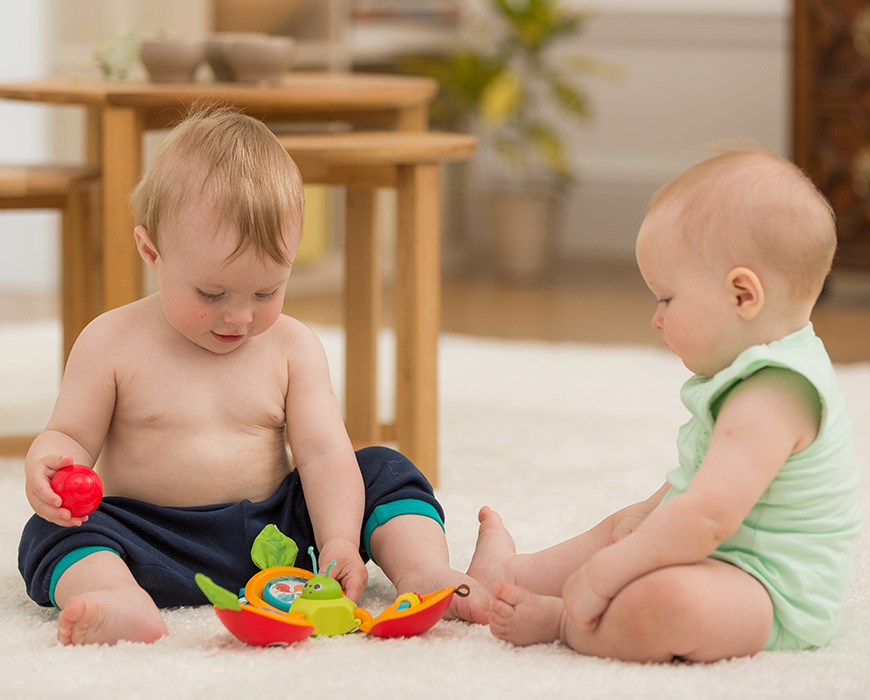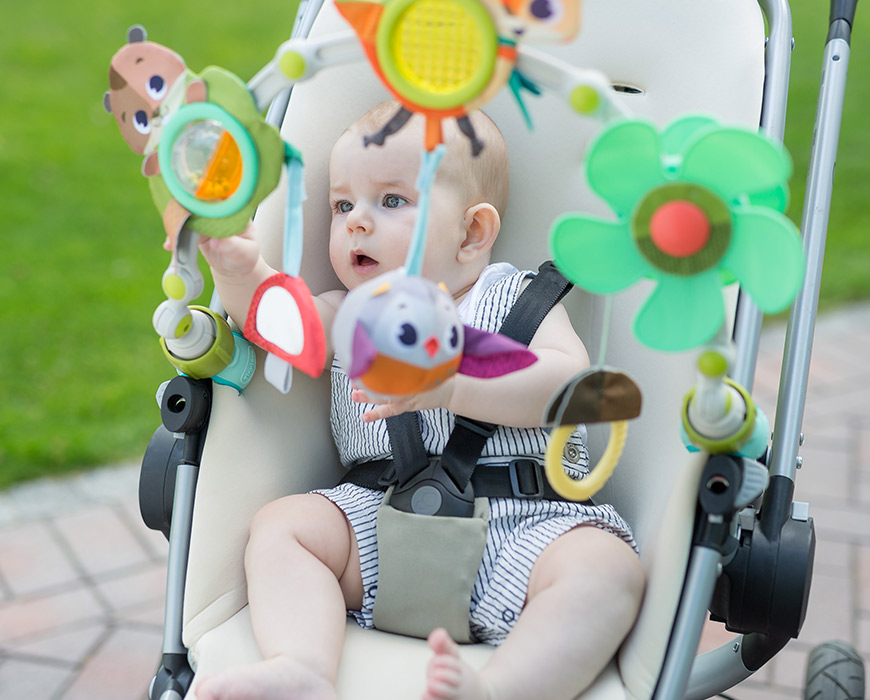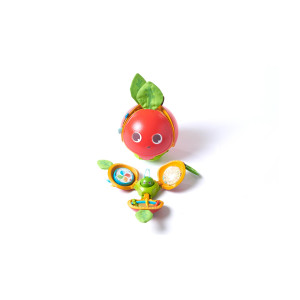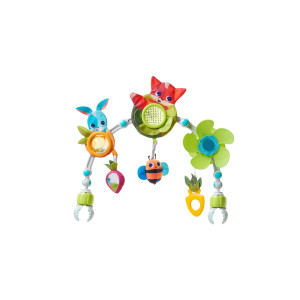What are Fine Motor Skills?
An intricate balance of fine and gross motor skills enables all of us – adults, children and babies – to be physically active and control our bodies. Fine motor skills are the result of developed small muscles: hand, palm and finger muscles as well as the muscles surrounding the mouths and eyes. Our fine motor skills determine how we carry out specific, controlled movements: writing, using a key to open a door, making a cup of tea and speaking are all actions we're able to perform because we have some fine motor skills . While we often take these mundane tasks for granted, the development of the skills these actions are dependent on is crucial for your baby’s development. An environment conducive to practice and repetitive exercise helps balance your baby’s maturing nervous system and the muscles to ensure that fine motor skills develop in sync with emotional and physical maturity. Natural motivation and curiosity along with appropriate play and exercise e nhance this process. An environment conducive to practice and repetitive exercise helps ensure that fine motor skills develop in sync with emotional and physical maturity
























 English - International
English - International French - France
French - France Spanish
Spanish German
German Portuguese
Portuguese English - USA
English - USA English - UK
English - UK Russian
Russian Italian
Italian Japanese - Japan
Japanese - Japan Polish - Poland
Polish - Poland





